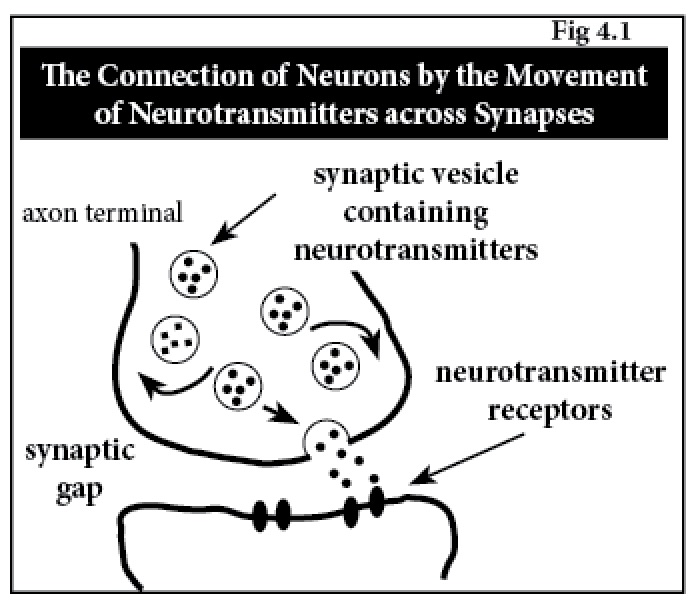An evolutionary asset of the human brain is its adaptability. About 4 weeks after your parents enjoyed a few moments of sexual passion, a neural plate began to form at one end of the fetus that would become you. (A 35-second time-lapse video showing the conversion of a stem cell into a neuron is accessible at: https://www.youtube.com/watch?v=4CVIE6BM-E0.) As this neural plate expanded, it sent brain cells, called neurons to different parts of your evolving brain to perform specific functions. An excellent video showing this development is accessible at: https://www.youtube.com/watch?v=ZWACm6BkDVo
In the months that followed, your brain was producing up to one quarter of a million neurons every minute, so that 6 months after conception, your brainstem was able to control your breathing, heart rate, and blood pressure.
It was in the final three months of your gestation that your prefrontal cortex, the part of the brain responsible for your higher order thinking skills, began to develop. By the time you emerged from your mother’s womb, your brain contained about 100 billion neurons ready and waiting to connect with each other in response to the sensory experiences of your infancy. During your first two years on the planet, the neurons in your brain connected, in what are called synapses, at the rate of about 2 million per second, so that by age 2, your brain had about 100 trillion synapses–twice the number you have now. (See figure 4.1 below from Intelligence, IQ & Perception)

Neural Pruning
Unable to sustain the biochemical reactions across all these synapses, your brain entered a stage known as neural pruning, removing the synapses for which there was little use. Your brain was fine-tuning itself to function effectively in the environment into which you were born. So much in this early stage of your brain development determined who you are today.
In the years following infancy, your brain continued to restructure itself in accordance with environmental stimuli. Early demands for certain types of cognitive tasks such as, learning a language or counting, played a role in determining which cognitive capacities would become most highly developed. Stanford University neurologist David Eagleman in his book The Brain: The Story of You observes:
In a sense, the process of becoming who you are is defined by carving back the possibilities that were already present. You become who you are not because of what grows in your brain, but because of what is removed.
In a later post we will look at what happened when you entered adolescence.
